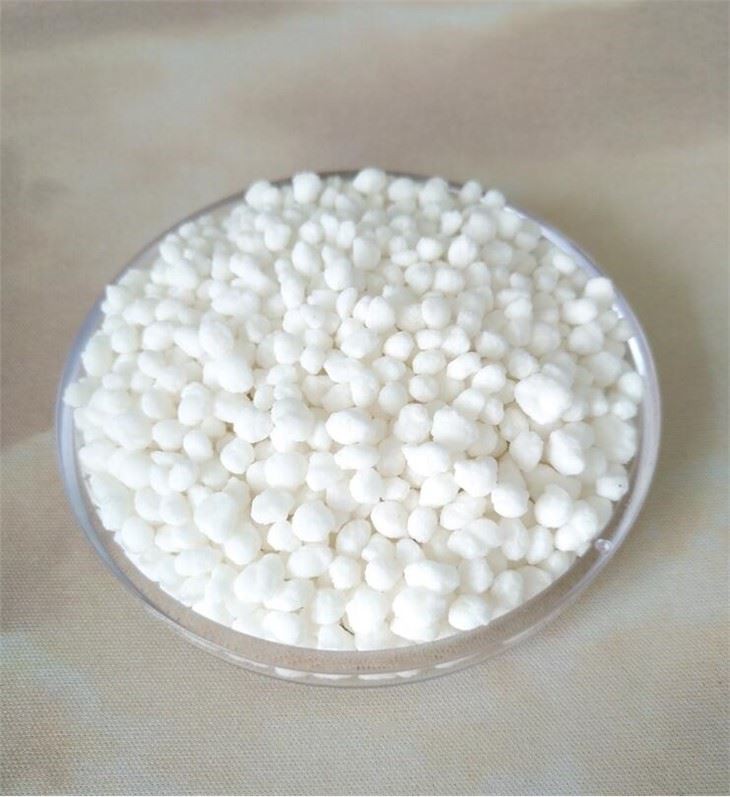



Safety Data Sheet Overview for 10% Sodium Hydroxide Solution Handling and Usage
Understanding 10% Sodium Hydroxide Risks, Handling, and Safety Precautions
Sodium hydroxide, commonly referred to as lye or caustic soda, is a highly versatile chemical compound widely used in various industrial and household applications. A 10% sodium hydroxide solution is a concentrated form of this compound that poses both benefits and risks. Understanding its properties, risks, and safety measures is essential for anyone who handles this substance.
Chemical Properties and Uses
Sodium hydroxide has the chemical formula NaOH and is a strong base with a pH that can reach levels exceeding 13 when dissolved in water. The 10% solution typically contains 10 grams of sodium hydroxide in 100 milliliters of water. This concentration is common in many industrial processes, including soap making, drain cleaning, and as an ingredient in various chemical syntheses. Its ability to readily react with acids makes it an important neutralizing agent.
In the food industry, 10% sodium hydroxide is used in processes such as pretzel production, where it gives pretzels their characteristic brown color and flavor. It's also utilized in the production of biodiesel and as a pH regulator in swimming pools. However, despite its versatility, caution is paramount due to its corrosive nature.
Health Risks
The handling of 10% sodium hydroxide carries significant health risks. Direct contact with skin or eyes can cause severe burns and permanent damage. Inhalation of sodium hydroxide dust or mists can lead to respiratory issues, including coughing, sore throat, and damage to the lungs. Ingesting sodium hydroxide, even in diluted forms, can lead to serious internal injuries or even death.
The Material Safety Data Sheet (MSDS) for sodium hydroxide outlines these hazards and emphasizes the importance of using personal protective equipment (PPE) to prevent accidents. Gloves, goggles, and protective clothing are essential when working with this chemical to minimize the risk of exposure.
10 sodium hydroxide msds

Safe Handling and Storage
When working with a 10% sodium hydroxide solution, several safety precautions are advisable. First and foremost, it is crucial to read the MSDS carefully before engaging in any task involving sodium hydroxide. This document provides detailed information about handling, storage, and emergency measures.
Always use sodium hydroxide in a well-ventilated area to prevent inhalation of fumes. It is recommended to work in a fume hood when dealing with larger quantities. If there is a spill, it should be neutralized immediately with an acid, such as vinegar or citric acid, and cleaned up with appropriate absorbent materials, ensuring that PPE is worn during the process.
Storage of sodium hydroxide should be in a cool, dry place away from incompatible substances, such as acids or organic materials. Containers should be clearly labeled, and access should be limited to trained personnel only to prevent accidental exposure.
Emergency Measures
In the event of a chemical exposure, swift action is essential. If sodium hydroxide comes into contact with skin, it should be rinsed immediately with plenty of water for at least 15 minutes, and medical attention should be sought. For eye exposure, flushing with water should be initiated without delay, and professional medical assistance should be called. In case of inhalation, moving the affected individual to fresh air is critical, and if there are any breathing difficulties, emergency services should be contacted.
Conclusion
10% sodium hydroxide is a powerful chemical with numerous applications but comes with substantial risks. Understanding these risks and implementing strict safety measures are essential for anyone who works with this substance. By adhering to safety protocols and knowing how to respond in case of an emergency, individuals can safely utilize the benefits of sodium hydroxide while minimizing potential hazards. Always prioritize safety and ensure proper training when working with caustic substances.
-
Why Sodium Persulfate Is Everywhere NowNewsJul.07,2025
-
Why Polyacrylamide Is in High DemandNewsJul.07,2025
-
Understanding Paint Chemicals and Their ApplicationsNewsJul.07,2025
-
Smart Use Of Mining ChemicalsNewsJul.07,2025
-
Practical Uses of Potassium MonopersulfateNewsJul.07,2025
-
Agrochemicals In Real FarmingNewsJul.07,2025
-
Sodium Chlorite Hot UsesNewsJul.01,2025










